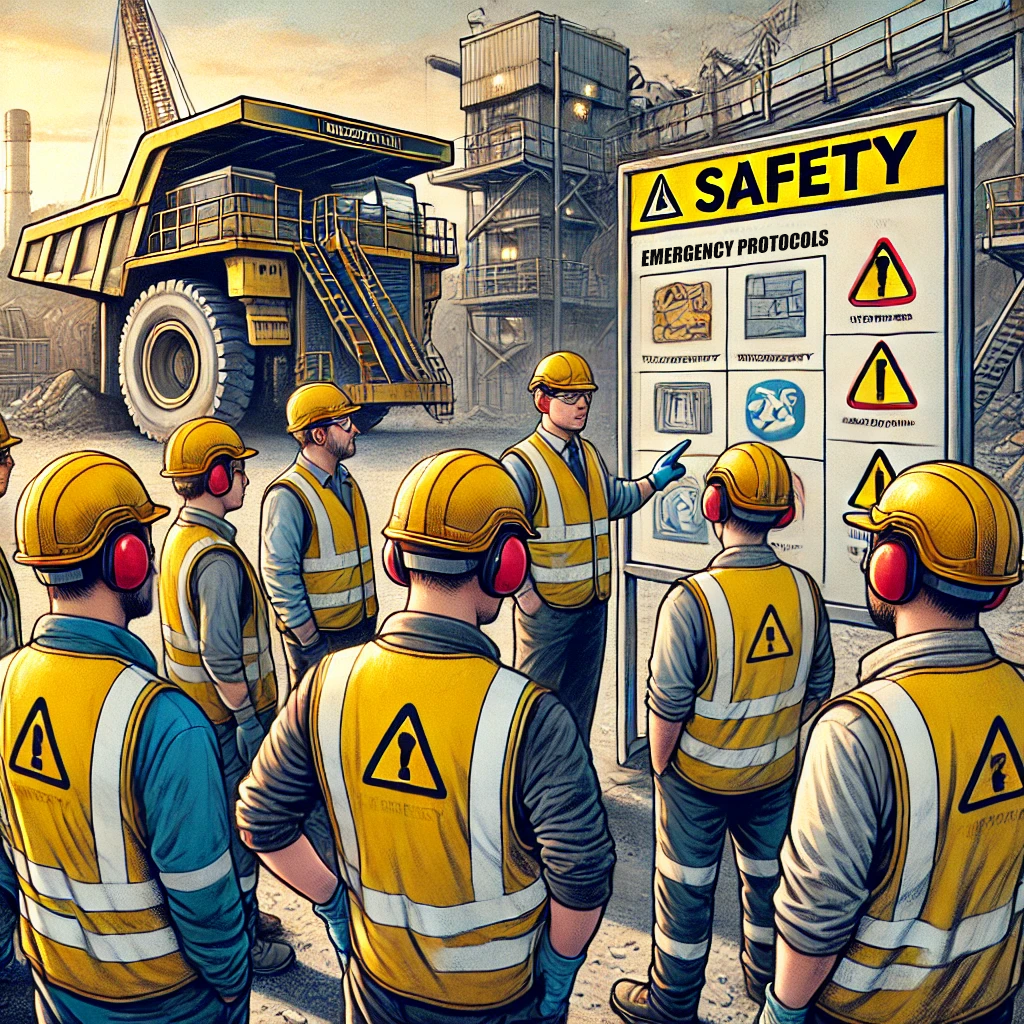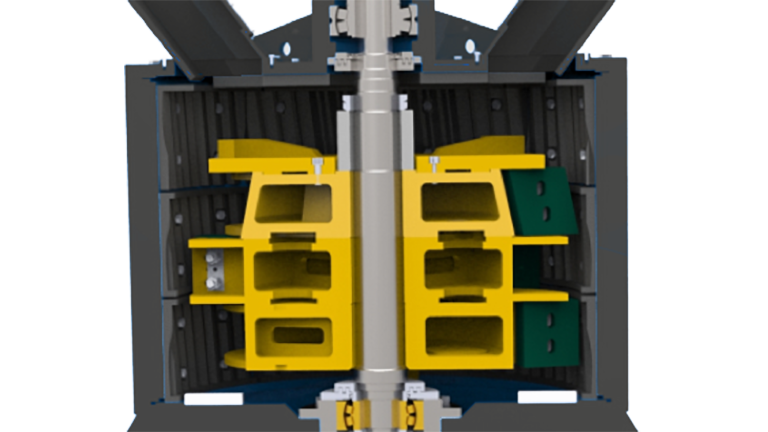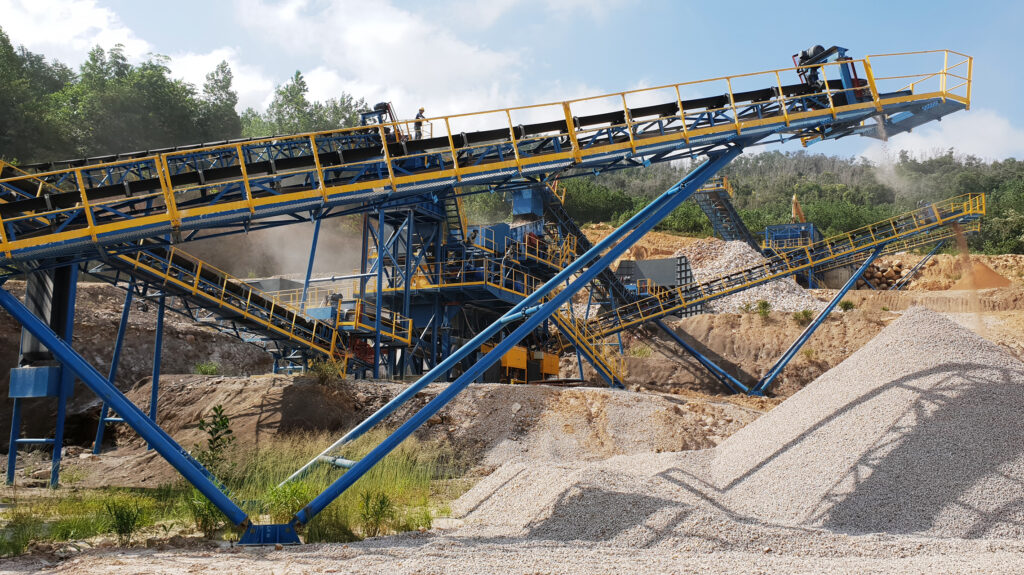Quarrying is an essential industry that provides raw materials for construction, infrastructure, and manufacturing. However, it is also a high-risk sector where safety must be the top priority. The nature of quarry operations, involving heavy machinery, explosives, and steep terrain, necessitates a stringent approach to safety to protect workers and the surrounding environment.
Regular Safety Training
Conduct frequent and comprehensive training sessions for employees covering equipment handling, emergency response, hazard identification, and risk mitigation strategies. Regular drills, safety refreshers, and hands-on demonstrations ensure workers remain proficient in best practices, emergency protocols, and the latest safety regulations. Continuous learning fosters a culture of awareness, responsibility, and proactive safety management within the quarry environment.
Personal Protective Equipment (PPE)
Ensure workers wear appropriate personal protective equipment (PPE), including helmets, gloves, ear protection, steel-toe boots, high-visibility clothing, and respiratory masks where necessary. Conduct routine PPE inspections to confirm compliance and replace damaged equipment promptly. Provide proper training on the correct usage and maintenance of PPE to enhance worker protection and prevent workplace injuries.
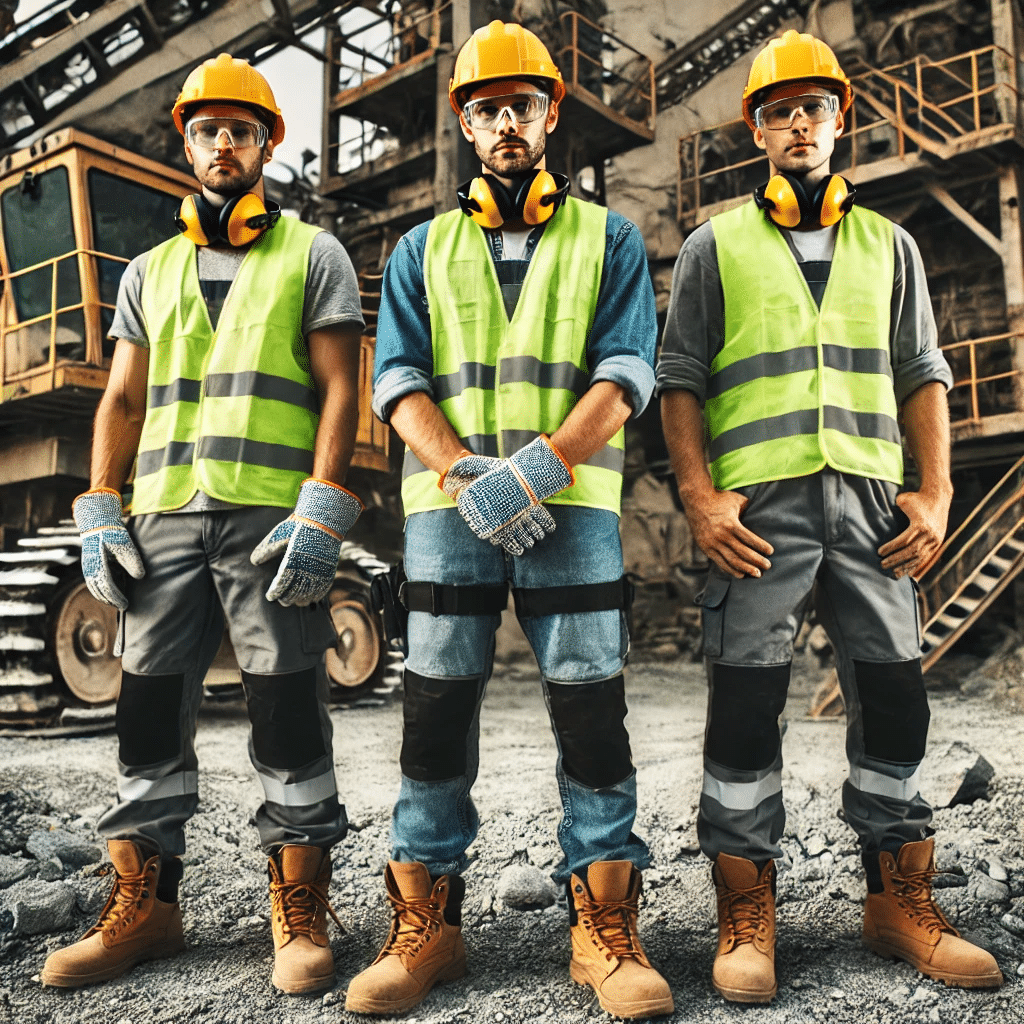
Routine Equipment Inspections
Regularly inspect and maintain machinery to prevent accidents caused by mechanical failures. Establish a preventive maintenance schedule to identify potential issues before they become hazards. Conduct thorough inspections of critical components such as brakes, hydraulic systems, and electrical connections. Train operators to recognize early warning signs of equipment failure, reducing unplanned downtime and improving overall safety.
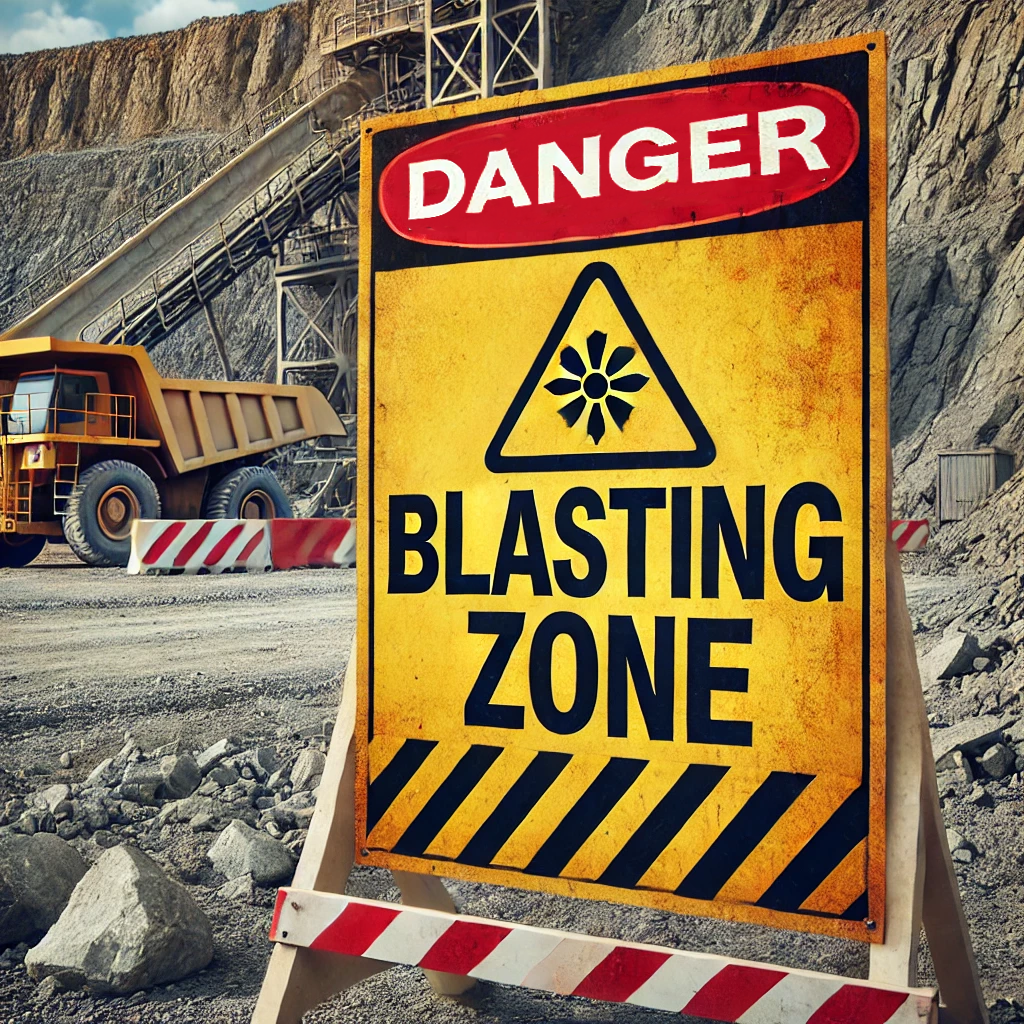
Clear Signage and Barriers
Use warning signs, barriers, and designated pathways to prevent unauthorised access and guide traffic flow within the site. Signage should be highly visible, well-lit, and strategically placed to ensure maximum effectiveness. Include multiple languages and universally recognised symbols for accessibility. Regularly inspect and update signage to maintain clarity and compliance with safety standards.
Emergency Response Plan
Develop a comprehensive emergency response plan that includes clearly marked first aid stations, evacuation routes, fire suppression systems, and designated safety personnel responsible for incident management. Conduct regular emergency drills to ensure all workers understand their roles during crises. Provide ongoing training to reinforce quick, effective responses to accidents, fires, or hazardous material spills.
Safe Drilling and Blasting Practices
Follow strict protocols for drilling and blasting activities, ensuring that only trained and certified personnel handle explosives. Conduct thorough risk assessments before each blast, implement advanced monitoring systems to detect ground vibrations, and establish clear communication channels. Maintain safe distances, use controlled blasting techniques, and enforce stringent safety checks to minimize risks and environmental impact.

Traffic and Equipment Safety
Implementing strict traffic management within the quarry is essential to prevent collisions and ensure safe movement of both machinery and personnel. Designated lanes should be clearly marked for heavy machinery, while separate pedestrian walkways must be established to reduce risks. Speed limits should be strictly enforced, with warning signs and speed bumps where necessary. Additionally, using spotters when maneuvering large vehicles in tight spaces enhances visibility and minimizes blind spots. Proper lighting and reflective markers should be installed in high-traffic areas, especially in low-visibility conditions. Regular traffic safety drills and training sessions will further reinforce best practices for vehicle and pedestrian safety within the quarry.
Health Monitoring
Regular health screenings for workers exposed to dust and noise can prevent long-term occupational illnesses such as silicosis and hearing loss. Provide access to proper ventilation systems and dust suppression methods. Employers should also ensure proper workplace hygiene by enforcing regular cleaning of work areas to reduce dust accumulation and improve air quality. Providing education on the risks associated with prolonged exposure to dust and noise further reinforces the importance of using protective gear and following safety protocols.


Fatigue Management
Monitor working hours and enforce adequate rest periods to prevent fatigue-related accidents. Long working hours and strenuous tasks can lead to exhaustion, impaired judgment, and slower reaction times, increasing the risk of workplace incidents. Implementing shift rotations, scheduled breaks, and workload management strategies can help maintain alertness and prevent burnout. Encouraging a workplace culture that prioritises worker well-being over excessive productivity demands fosters a safer, healthier, and more sustainable work environment. Employers should also educate workers on recognising signs of fatigue and promote the importance of sufficient rest and hydration.

